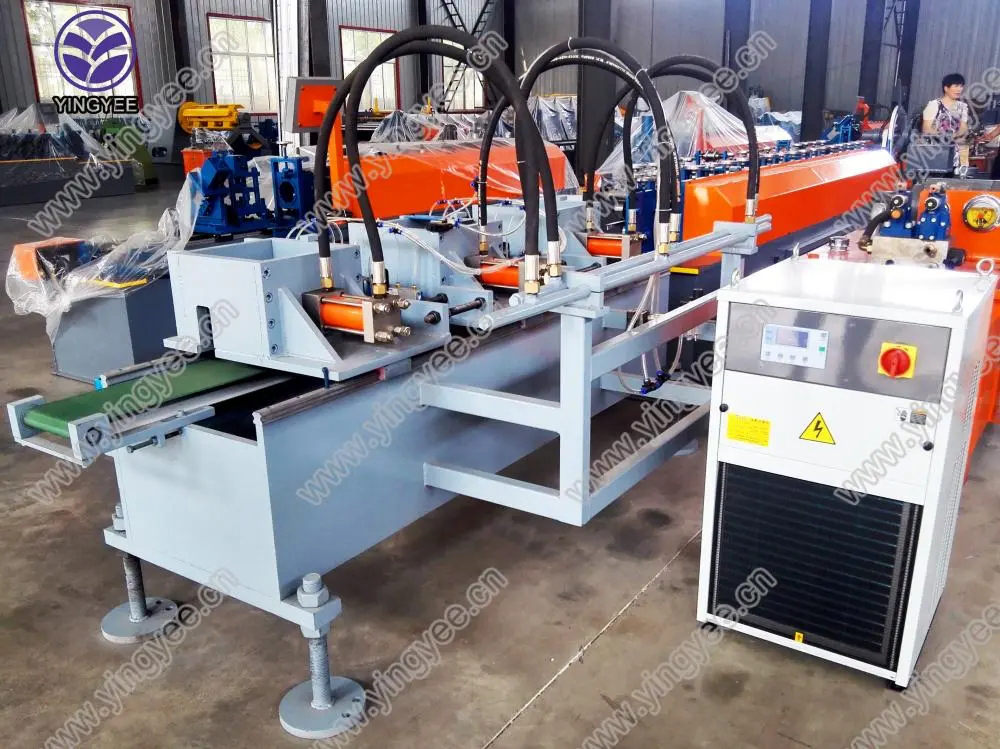
The Rotary Shear Cut-to-Length Line An Overview
In the world of manufacturing and metal processing, efficiency and precision are paramount. One of the innovative solutions that have gained popularity in recent years is the rotary shear cut-to-length line. This technology streamlines the production process by enabling the rapid and accurate cutting of metal sheets to specified lengths, catering to various industrial needs.
The Rotary Shear Cut-to-Length Line An Overview
One of the main advantages of the rotary shear cut-to-length line is its speed. This system can process high volumes of metal sheets in a short time, which is particularly beneficial for industries with high demand for cut sheets. Additionally, the automated nature of the line reduces the risk of human error, elevating the quality and consistency of the products. Thanks to advanced control systems, operators can easily monitor and adjust the process in real-time, further optimizing performance.

Moreover, the rotary shear cut-to-length line is versatile, accommodating a variety of materials, including steel, aluminum, and other alloys. This flexibility makes it an ideal choice for businesses looking to diversify their product offerings without investing in multiple cutting systems. The equipment can also be tailored to specific production requirements, including varying sheet thicknesses and lengths.
Another critical aspect of this technology is its ability to minimize waste. By providing precise cuts, the rotary shear minimizes the leftover material, leading to more efficient use of resources. This not only benefits the bottom line but also aligns with growing environmental concerns, as manufacturers strive to adopt more sustainable practices.
In conclusion, the rotary shear cut-to-length line is a transformative solution for modern manufacturing. Its speed, precision, versatility, and efficiency make it an invaluable asset for companies operating in competitive markets. As industries continue to evolve, adopting such advanced technologies will be crucial for maintaining an edge in production capabilities, ensuring that they meet the ever-changing demands of their customers effectively.